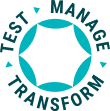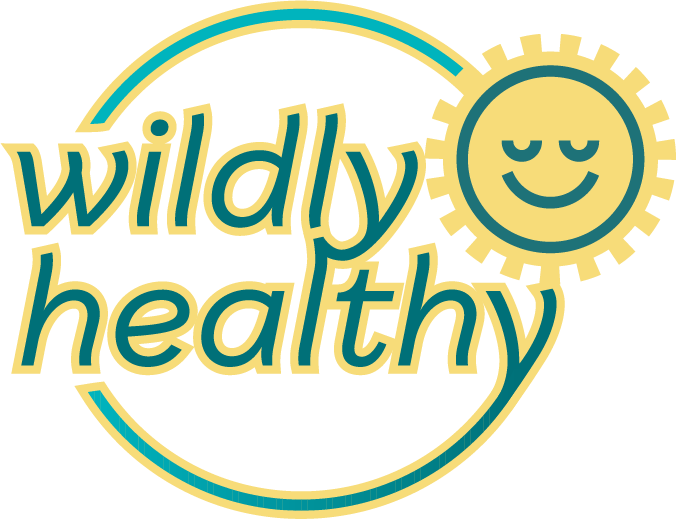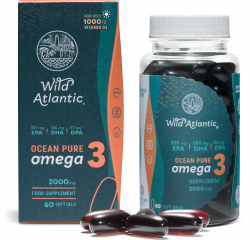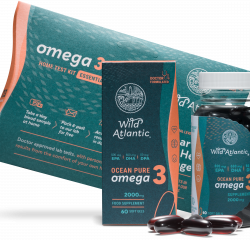Viral infections are caused by airborne droplets, produced by coughing or sneezing by an infected person, that then enter the nose and mouth of a vulnerable person, who may either resist or succumb to the infective capabilities of the droplet containing virus. Public Health Policy recommends that facial contact with hands should be resisted or avoided, since pathogens may be harboured on hands that have been in contact with surfaces or persons who are carriers of the virus.
Coronaviruses are a group of related viruses enclosed in a spherical lipid envelope covered with sugar coated ‘spike proteins’ protruding from it. Under a microscope the virus has a crown or carona-like appearance. Some Coronaviruses are mild accounting for 15% of cases in the common cold, whereas others like SARS (South Asain Respiratory Syndrome) and MERS (Middle East Respiratory Syndrome) and COVID-19 can be life threatening. Once in the body, the virus is a parasite that tries to hack into and hijack a healthy cell. The tip of the spike seeks to bind to a receptor found in some human cells called ACE2 or the angiotensin converting enzyme 2 receptor. The normal role of ACE2 is to keep our blood pressure from getting too high and to keep our lungs and heart healthy.
When the spikes latch on to a healthy human cell, the virus gets internalised by normal cellular processes and injects its own RNA into the human host cell. Genetic material such as RNA contains a set of instructions that is often decoded by protein-making “factories” within the cell. Normally a healthy cell takes its cues from its own genetic material, but once the virus docks its RNA hijacks our cellular machinery producing more viral proteins that in turn drive the replication of the viral genome in the body.
Evidence suggests that the coronavirus may survive on hard surfaces for up to 72 hours, such as door knobs or handrails, or other common physical surfaces like plastic, stainless steel, floors and cardboard that have been contaminated by an infected person. Strict and regular hygiene practices, such as regular hand washing with soap and warm water, are an important part of personal responsibility to limit viral spread within the community. For this objective to be achieved diligent social distancing and personal hygiene are advised.
In early stages, it sets into your throat and nasal cavity. Curiously, mild cases of COVID-19 exhibit larger amounts of viral load within the nasal cavity than severe cases. On average it takes COVID-19 about 5.5 days and as many as 14 days to set into the body.
It implants itself into your body while exhibiting few symptoms, and when it finally activates it causes a massive inflammatory cascade which can lead to pneumonia, cardiac arrest, and other systemic issues.
What is not widely known or currently appreciated is the amazing protective role healthy lifestyle habits, real food and appropriate nutritional support can have to build our defences and boost our immune protection.





























